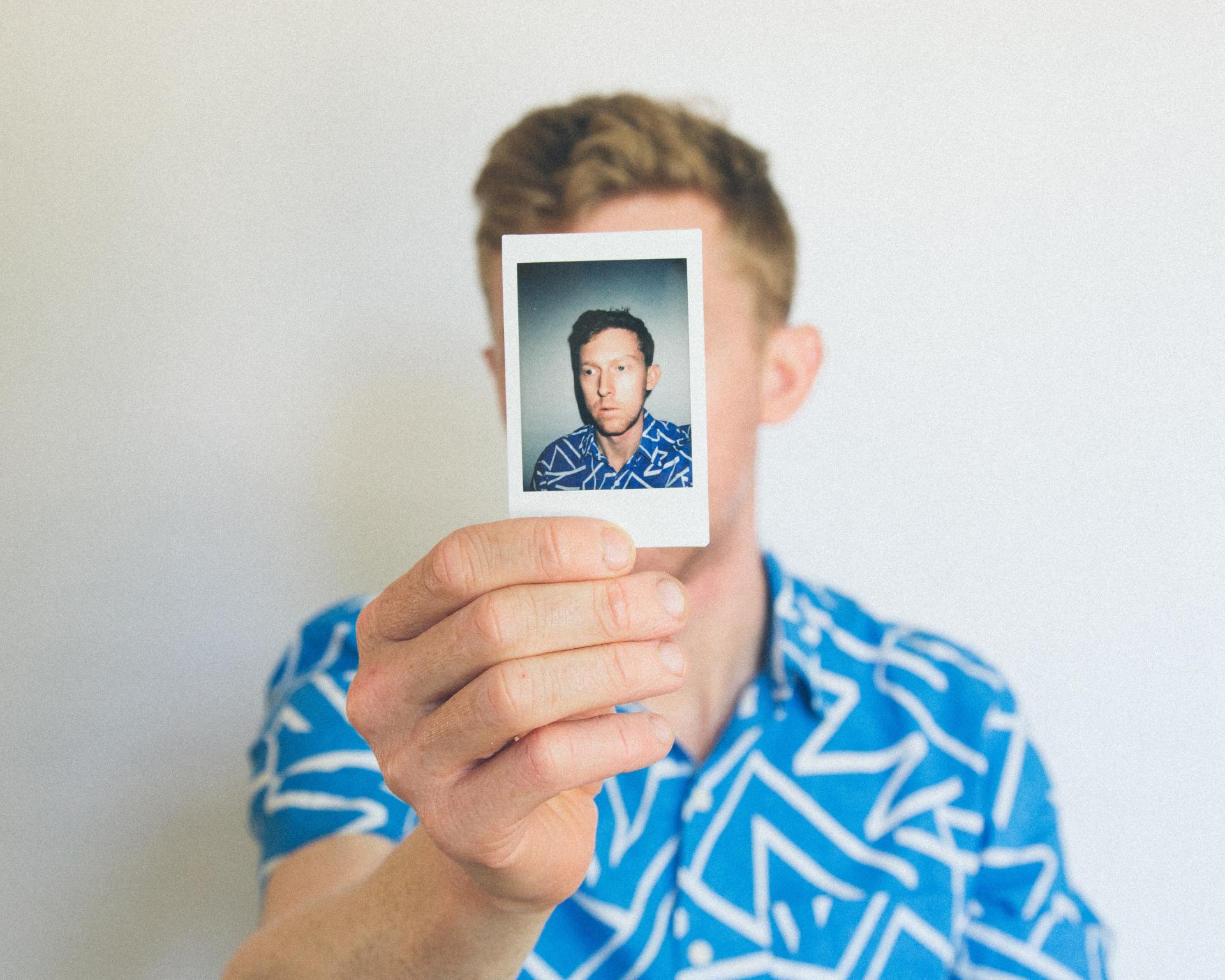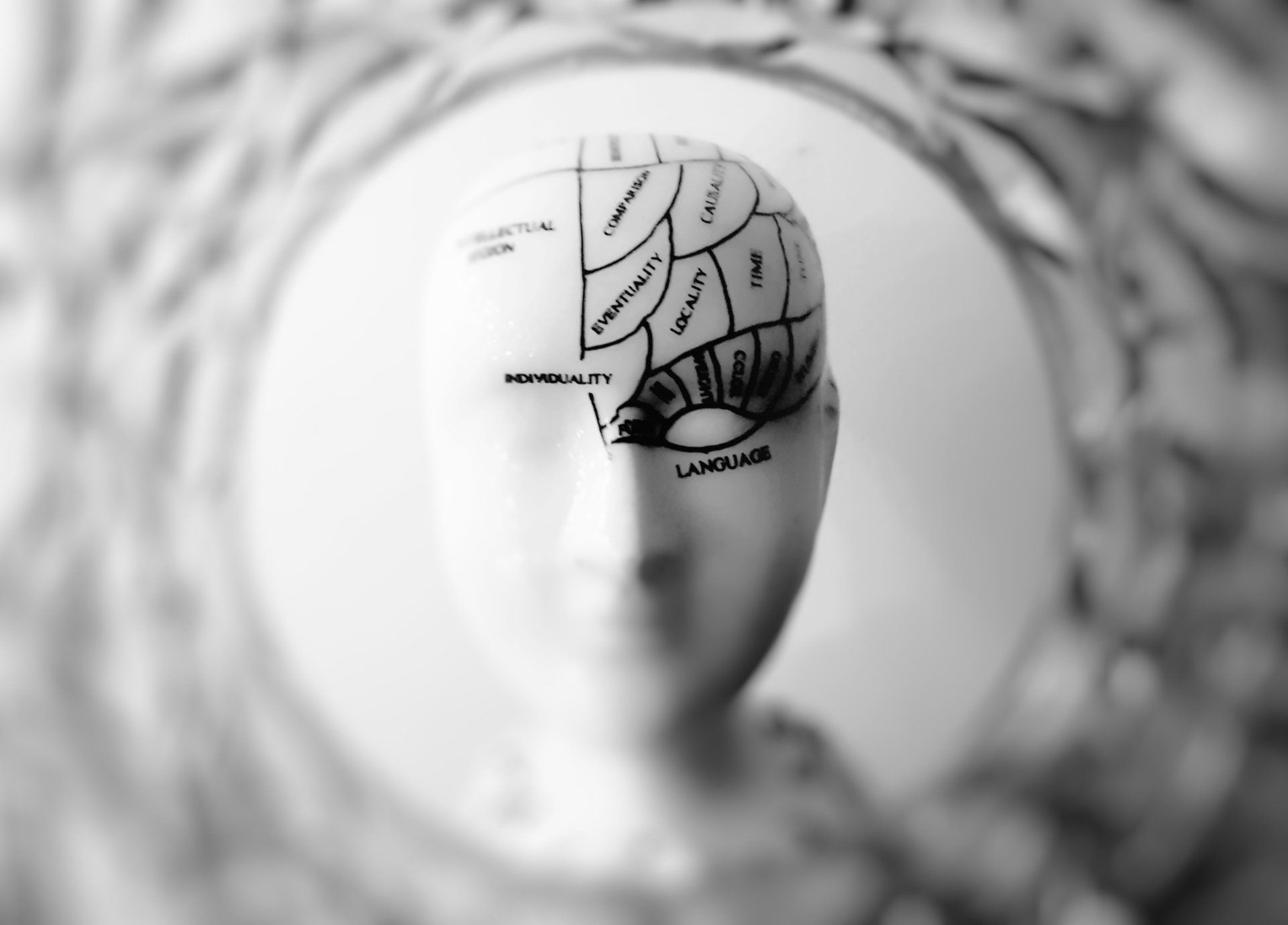Vision-Body and Mind

Our eyes serve as the sensory organs responsible for capturing light and converting it into electrical signals that are then sent to the brain. While our eyes play a crucial role in the visual process, it is ultimately our brain that interprets and processes this information to create the perception of seeing an object.
When light enters our eyes, it passes through the cornea and lens, which help to focus the light onto the retina at the back of the eye. The retina contains specialized cells called photoreceptors (rods and cones) that detect the light and convert it into electrical signals. These signals are then transmitted to the brain via the optic nerve.
However, the raw visual data received by the brain is not a complete image of the object. It is fragmented and lacks important details such as color and depth perception. The brain then processes and integrates these signals, filling in the missing information and combining it with our past experiences, memories, and knowledge to create a coherent and meaningful perception of the object.
So, while our eyes capture the light and transmit signals to the brain, it is the brain's processing and interpretation of these signals that allow us to perceive and "see" objects.
The raw data from the optic nerve is received by a part of the brain called the thalamus. The thalamus acts as a relay station, receiving sensory information, including visual signals, from various sensory organs and transmitting it to the relevant areas of the cerebral cortex, which is the outer layer of the brain responsible for higher-level processing and perception.
In the case of visual information, the thalamus receives signals from the optic nerve and relays it to the primary visual cortex, also known as the striate cortex or V1. The primary visual cortex is located in the occipital lobe at the back of the brain and is primarily responsible for initial visual processing, such as detecting edges, orientation, and basic features of objects.
From the primary visual cortex, the processed visual information is further transmitted to other specialized areas of the cerebral cortex, such as the visual association areas, where more complex processing occurs, including object recognition, color perception, and motion detection.
The process of perceiving and building an image of a rose involves both the physical brain and the mind. The physical brain, with its complex network of neurons and specialized regions for visual processing, plays a crucial role in receiving, processing, and interpreting the visual information from the eyes.
However, the mind, which encompasses our conscious experience, thoughts, emotions, and perceptions, also contributes to the construction of the image. The mind refers to our subjective experience and the way we interpret and make meaning out of the sensory input processed by the brain.
Perception is not a passive process; it involves active interpretation and integration of sensory information with prior knowledge, memories, and contextual cues. Our mind influences how we perceive and interpret the image of a rose based on our individual experiences, cultural background, personal preferences, and emotions.
So, the physical brain provides the biological foundation for visual processing, while the mind adds the subjective and cognitive aspects that shape our perception of a rose. The interaction between the brain and the mind allows us to have a rich and multifaceted experience of the world around us.
Object recognition, color perception, and other higher-level visual processing tasks occur in various specialized areas of the cerebral cortex. These areas are collectively referred to as the visual association areas and are located beyond the primary visual cortex (V1) in the occipital lobe.
Specifically, the ventral stream, also known as the "what" pathway, is responsible for object recognition and processing visual information related to the identification of objects, faces, and scenes. This stream extends from the primary visual cortex (V1) to the ventral occipito-temporal cortex, including areas such as the fusiform face area (FFA) and the inferior temporal cortex.
On the other hand, the dorsal stream, also known as the "where" or "how" pathway, processes visual information related to spatial awareness, motion perception, and the coordination of actions. It extends from the primary visual cortex to the parietal cortex, including areas such as the posterior parietal cortex (PPC) and the middle temporal area (MT).
Color perception, specifically, involves the processing of information related to different wavelengths of light. This processing occurs in specialized areas of the visual association cortex, such as the ventral occipital cortex and the posterior inferior temporal cortex.
It's important to note that visual processing is a complex and distributed function that involves the interaction of multiple brain regions, and our understanding of these processes is still evolving.
The integration of various visual features, such as object recognition, color perception, and other visual details, to form a complete image or a feeling of an object like a rose, occurs in the higher-order association areas of the brain. These areas are located in the ventral stream of the visual processing pathway.
The ventral stream, particularly the ventral occipito-temporal cortex, plays a crucial role in the integration and recognition of objects. Different specialized regions within this cortex, such as the fusiform face area (FFA) and the inferior temporal cortex, are involved in processing specific visual categories, including faces and objects.
When looking at a rose, the visual information about its shape, color, texture, and other features is processed and gradually integrated in these higher-order association areas. The FFA, for example, may contribute to recognizing the overall shape and structure of the rose, while other regions may encode its color and other visual details.
It is important to note that the process of perceiving and experiencing an object like a rose is not solely limited to visual processing. Integration with other sensory information, such as smell and touch, as well as the activation of emotional and memory-related circuits, also contribute to the holistic perception and feeling associated with an object.



